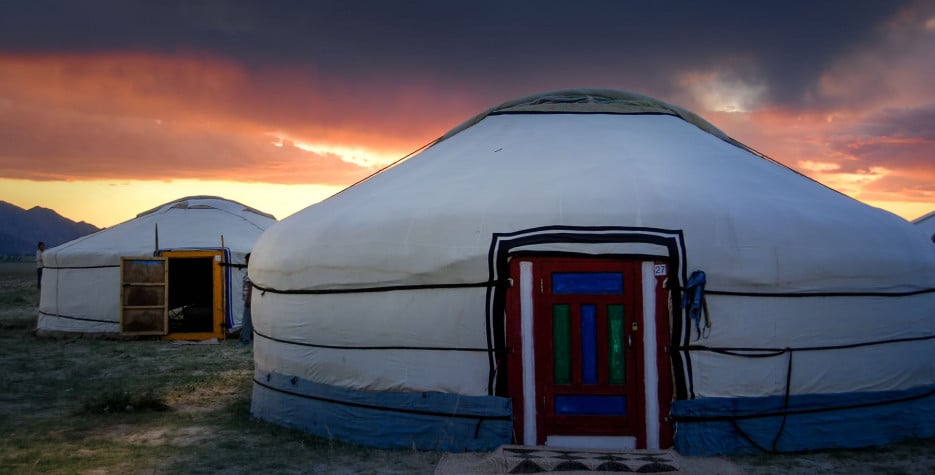When is Tsagaan Sar?
Tsagaan Sar ('White Month') is a major public holiday in Mongolia.
This is Mongol New Year and is celebrated over the first three days of the lunar year, which begins at sunset on the day of the second New Moon following the winter solstice (21st December).
Depending on the phases of the moon, the date falls between late January and early March in the Gregorian calendar.
Traditions of Tsagaan Sar
Similar to other Asian lunar calendars, the Mongol year has followed a lunar calendar with a 12-year animal cycle since ancient times.
The New Year symbolizes the coming of spring and the re-awakening of nature. The term 'White Month' is said to refer to dairy products such as milk, which become more plentiful again with the return of Spring.
Preparations for the festival will begin in the month before Tsgaan Sar, with plenty of dumplings made ahead of time and new clothes made or bought.
The festivities start on 'Bituun', the day before Tsagaan Sar, with a feast for all the family containing several traditional dishes.
In the morning, it is custom to rise early to greet the dawn of the new year. After the sun has risen, to ensure good health and happiness in the coming year, everyone must take "their first steps of the year". The direction of the steps everyone has to take depends on which lunar year you were born in. For instance, someone who was born in the mouse year must take their first steps to the north on the first day of the monkey year. To keep people literally on their toes, the following year the direction will be different.
Once the steps are taken, families will greet each other in a pre-ordained manner starting with the elder of the household.
Once the greetings are done, food and drink become the focus of the day. The most auspicious drink for the new year is milk tea, made earlier in the day by the women of the house.
During the first few days of the new year it is customary to visit family members - again this is done in an ordered way, with the custom being that the younger ones go to the older families.
As with Chinese New Year, even though the official public holidays last a few days, the New Year festivities continue until the 15th day and the first full moon of the year.
Like many other ethnic holidays and festivals, Tsagaan Sar was banned during Mongolia's Communist period. The holiday was practiced again following the Democratic Revolution in Mongolia in 1990.


